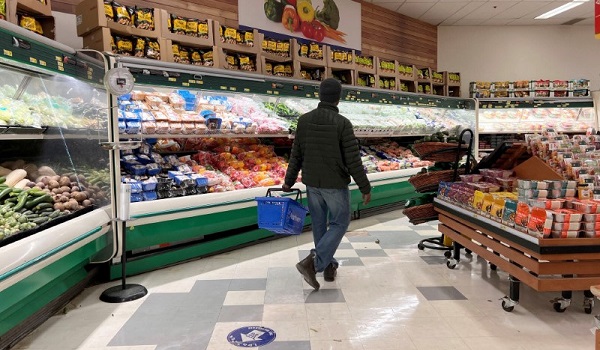New report finds food manufacturers practicing ‘shrinkflation’ which has shrunk some products size up to about 25%
Researchers in Toronto say they’ve uncovered new evidence that food manufacturers have been quietly shrinking the size of their packages over the course of the past five years.
The report, released on Wednesday, found evidence of so-called shrinkflation in 20 per cent of 60 products sold in three major Canadian grocery chains from 2019 to 2024. The practice is commonplace in the food industry, one of a handful of tools manufacturers can use to improve their costs without raising the price.
But while shoppers might have suspected their groceries were getting smaller over the last five years of pandemic supply disruptions and high inflation, it was hard to actually be sure — not without several years’ worth of old packaging on hand.
“Everybody talks about it at barbecues and dinner parties. ‘Wow, you know, those packages sure are getting smaller.’ But there’s no way to actually check,” said Michael Harker, a veteran market researcher and executive director of the non-profit organization Community Researchers, which produced the report.
“A lot of people would be reassured that they weren’t just imagining it,” he said.
The study used an archive of grocery flyers to determine how large the products were in 2019, then compared them to their current package sizes. Out of 60 products across 20 food categories, 12 products had shrunk — weighing in as much as 25 per cent less.
The categories with the worst levels of shrinkflation included baby food, poultry, cooking fats and oils, processed meat, and products with high fat and sugar content.
For example, a box of chocolate biscuits from the Walmart house brand ‘Our Finest’ was 20 per cent less this year than 2019, according to the study.
“As consumers, we do deserve some transparency,” said Rachel Lee, a research analyst at Community Researchers, who led the report.
While most attention has been on soaring food prices, consumer advocates and politicians have also been pushing the food industry to acknowledge the more hidden impacts, like shrinkflation, that come from years of high inflation in supply chains. Last year, for example, the French retailer Carrefour started putting shrinkflation alerts on shelves with products that had recently dropped in size.
Michael Graydon, CEO of the manufacturing lobby group Food, Health and Consumer Products of Canada, said the five-year period that the report focused on was the “most turbulent” period in the industry’s history, while food producers were facing unprecedented spikes in the cost of ingredients, labour and transport.
“It doesn’t surprise me to any great extent,” he said of the report.
Shrinking the size of the package is a way for manufacturers to deal with their rising costs without jacking up the price for consumers, Graydon said. “I know it’s sort of a version of price increase, but it’s better than a price increase if you know what I mean,” he said. “If you keep your package size at the current level that it is, it would have meant instead of $2 it’s now going to be $2.50.”
This article was first reported by The Star













